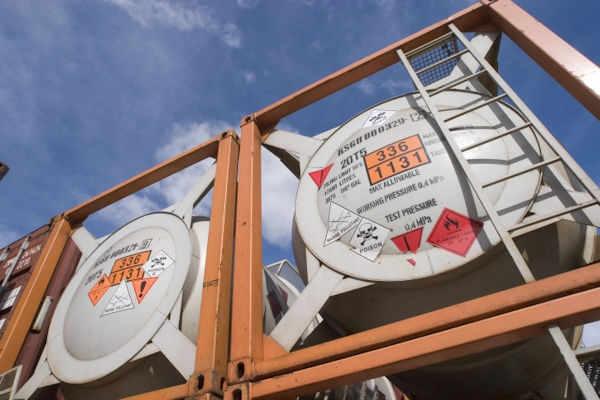Types of Containers and Labels
Container labeling is a highly effective method to communicate the physical and health hazards of chemicals used in the workplace.

All labels are required to have pictograms, a signal word, hazard and precautionary statements, the product identifier, and supplier identification
We'll look at the labeling requirements for each of the four types of containers listed below:
- Shipped (Primary) Containers: Labels that are shipped to manufacturers or distributors.
- Workplace (Secondary) Containers: Labels that employers create for their own containers.
- Stationary Containers: Labels on large, fixed (non-mobile) storage tanks, containers, or bins.
- Portable Containers: No labels are required if the chemical is used immediately.
Revising Labels
Chemical manufacturers, importers, distributors, or employers who become newly aware of any significant information regarding the hazards of a chemical must revise the labels for the chemical within six months of becoming aware of the new information.
To learn more about the four types of container labels and associated requirements, visit OSHA's website and download OSHA Publication 3636, Hazard Communication Standard: Labels and Pictograms.
Knowledge Check Choose the best answer for the question.
1-7. What category of containers may not require a label?
You forgot to answer the question!
